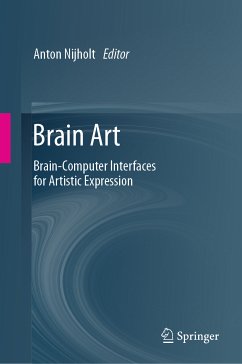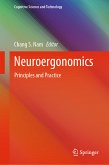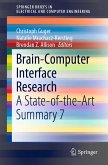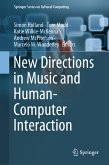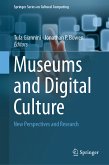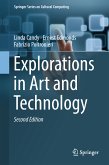We can also stimulate brain activity. It can be evoked externally by exposing our brain to external events, whether they are visual, auditory, or tactile. Knowing about the stimuli and the effect on the brain makes it possible to translate such external stimuli to decisions and commands that help to design, implement, or adapt an artistic performance, or interactive installation. Stimulating brain activity can also be done internally. Brain activity can be voluntarily manipulated and changes can be translated into computer commands to realize an artistic vision.
The chapters in this book have been written by researchers in human-computer interaction, brain-computer interaction, neuroscience, psychology and social sciences, often in cooperation with artists using BCI in their work. It is the perfect book for those seeking to learn about brain-computer interfaces used for artistic applications.
Dieser Download kann aus rechtlichen Gründen nur mit Rechnungsadresse in A, B, BG, CY, CZ, D, DK, EW, E, FIN, F, GR, HR, H, IRL, I, LT, L, LR, M, NL, PL, P, R, S, SLO, SK ausgeliefert werden.
"It provides a comprehensive picture of aesthetic concerns and technological advances that have shaped interaction with brain-computer interfaces (BCI). The edited volume also includes thorough documentation of recent artworks, experiments, and therapies based on neurofeedback. It can constitute an essential resource for historians and media theorists examining the development of this genre. ... Nijholt's book aptly extends the scope of aesthetic expression beyond the realm of fine art and music." (Cristina Albu, Leonardo, October, 2019)

